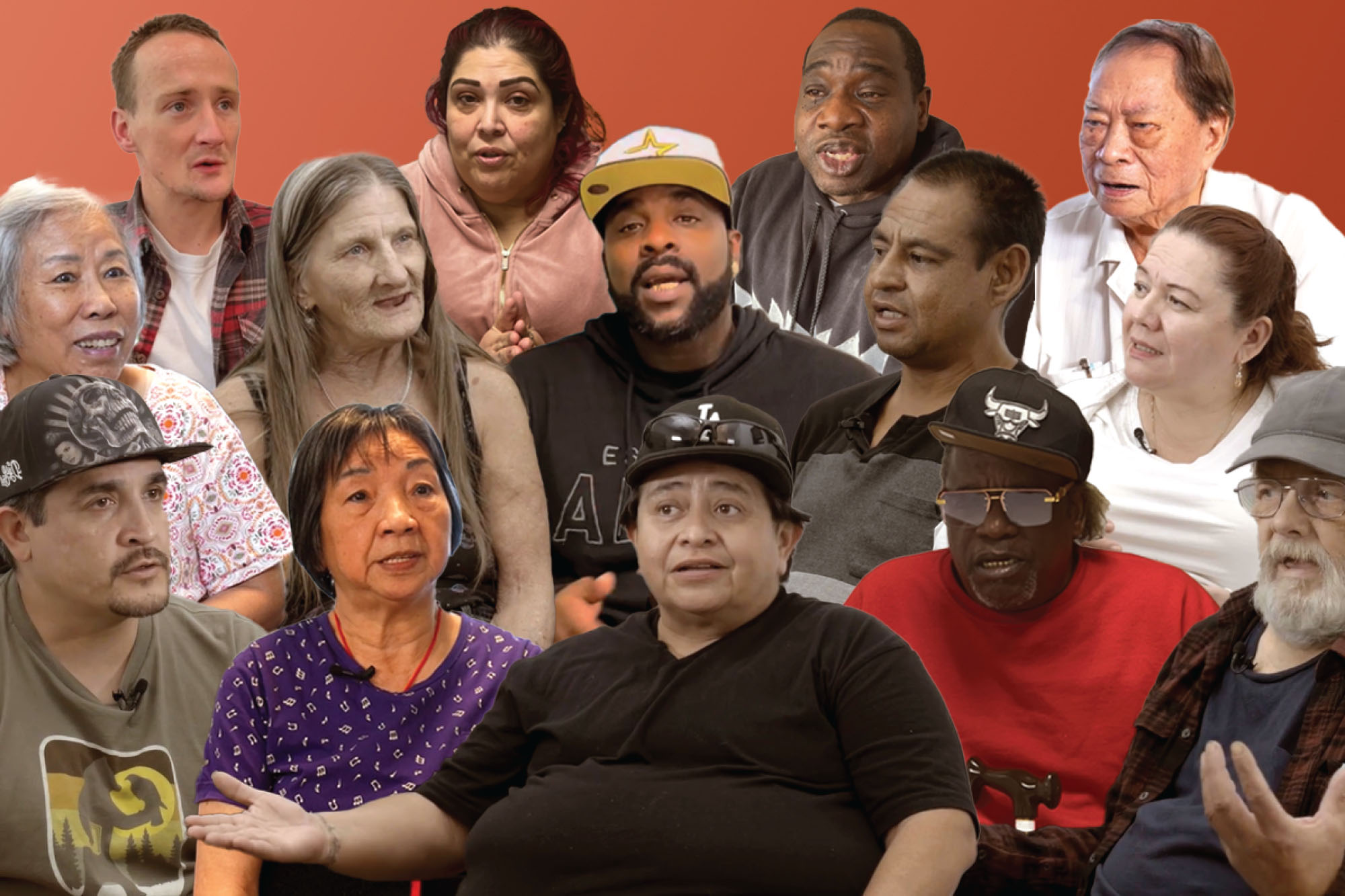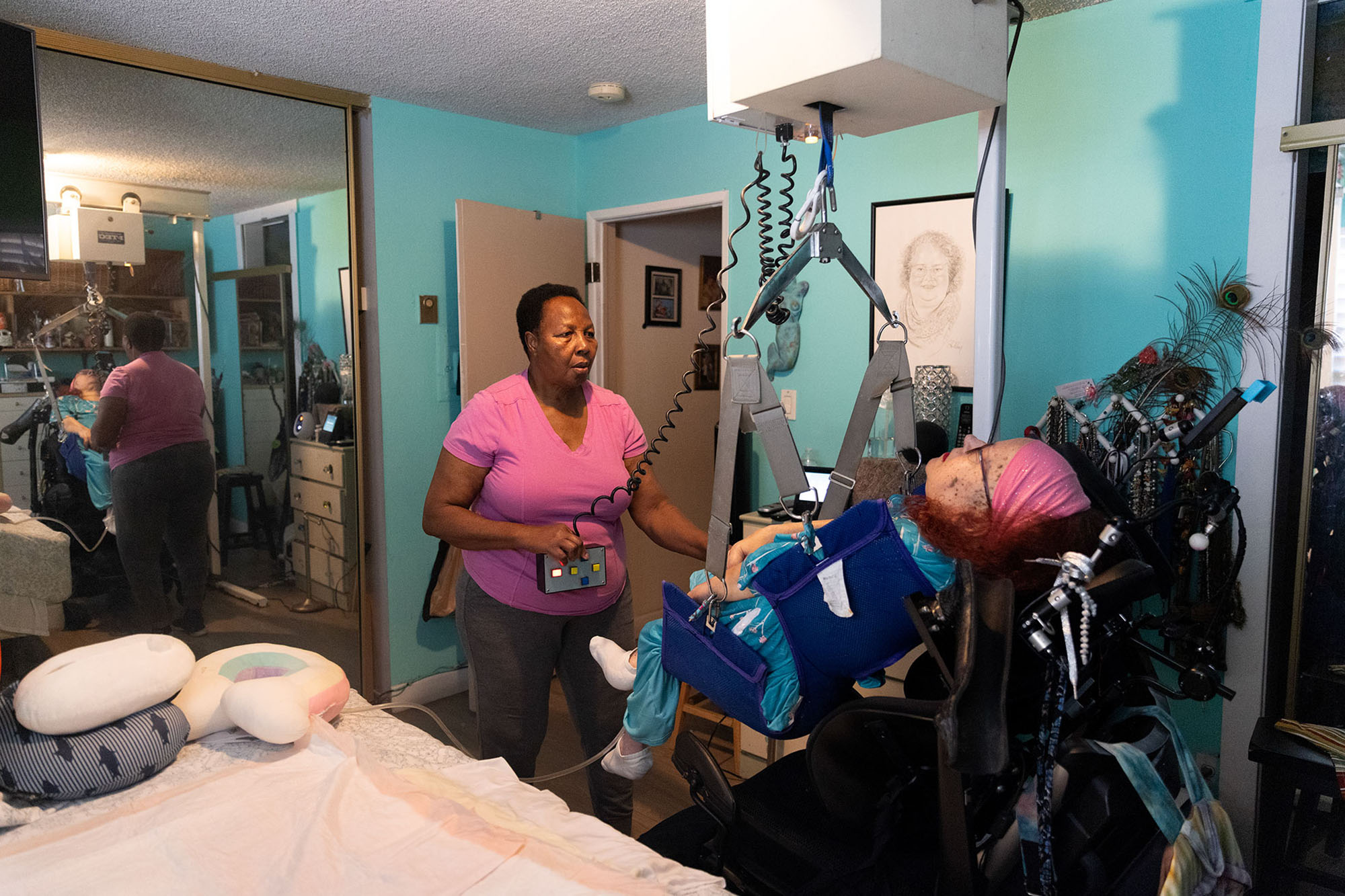California is home to nearly 20% of the country’s older adults with low incomes and people with disabilities who receive health care coverage from both Medicare and Medicaid. These 1.4 million Californians enrolled in Medicare and full-benefit Medi-Cal, California’s Medicaid program, are known as dual-eligible enrollees. Populations of color in California are disproportionately more likely to be dually eligible in comparison with the state’s total Medicare population, and under most measures, dual-eligible enrollees are in poorer health than the general Medicare population. (See figures below.)
Restructuring administration of the delivery of health care benefits to this population is a priority for the Medi-Cal program. On average, dual-eligible enrollees constitute the highest-need, highest-cost segment of both the Medicare and Medi-Cal enrollee populations, with wide variation in need and cost. Because these enrollees receive health care services through two programs, each with its own complex rules, accessing services and integrating care present unique challenges. Further, variations in program design, particularly on the Medi-Cal side, exist in different regions in California, complicating both delivery of services and state oversight functions. For enrollees, the result is that the systems they currently navigate and the options available to them depend largely on where they live and what services they need to access.
While California’s proposed Medi-Cal restructuring initiative, California Advancing and Innovating Medi-Cal (CalAIM) contained several components that would improve integration of Medicare and Medi-Cal benefits available throughout the state, that initiative has been put on hold due to COVID-19. When California’s policymakers and stakeholders are able to revisit and reassess program and policy options to improve care for dual-eligible enrollees, this paper can assist by providing a comprehensive overview of the characteristics of the dual-eligible enrollee population in California and the current structures for administration and delivery of services, including variations within the state. The goal of the paper is to help stakeholders understand the complexities of service delivery for dual-eligible enrollees and to assess the impact and mitigate disruption of proposed changes on how enrollees can access care under both Medicare and Medi-Cal.
|
Dual-Eligible Enrollees Defined In this paper, dual-eligible enrollees are those who qualify for both Medicare and full Medi-Cal benefits. (Some people qualify for Medicare and partial Medi-Cal benefits; they are not included in the data in this paper.) Accordingly, dual-eligible enrollees must be age 65 and over, or if under age 65, have been receiving disability benefits for 24 months from the Social Security Administration. In order to qualify for Medi-Cal, dual-eligible enrollees also must have low incomes and limited assets. In California, those eligible for Medi-Cal must have assets below $2,000 and monthly income below 123% of the federal poverty level. Some Medi-Cal programs have higher income limits, including, for example, Medi-Cal for long-term care and certain home and community-based waiver services. |
About the Authors
Justice in Aging is a national nonprofit organization that uses the power of law to fight senior poverty by securing equitable access to affordable health care and economic security for older adults with limited resources. Amber Christ, JD, and Georgia Burke, JD, are directing attorneys at Justice in Aging.
Authors & Contributors

Amber Christ
Amber Christ serves as the directing attorney of the health team of Justice in Aging. She develops and implements projects and initiatives that improve access to health care and long-term services and supports for people around the country who are dually eligible for Medicare and Medicaid. Amber is a leading expert on California’s Coordinated Care Initiative and the Cal MediConnect demonstration.

Georgia Burke
Georgia Burke is a directing attorney on the health team of Justice in Aging. She focuses her advocacy on issues affecting people who are dually eligible for Medicare and Medicaid benefits and is part of Justice in Aging’s leadership team working at the national and state level around the CMS Medicare-Medicaid Coordination Office demonstration projects.





